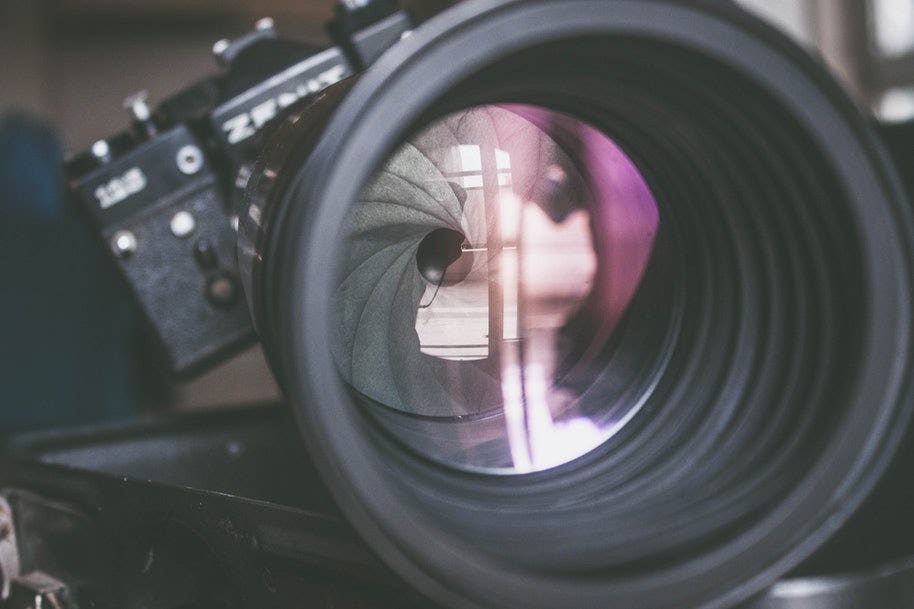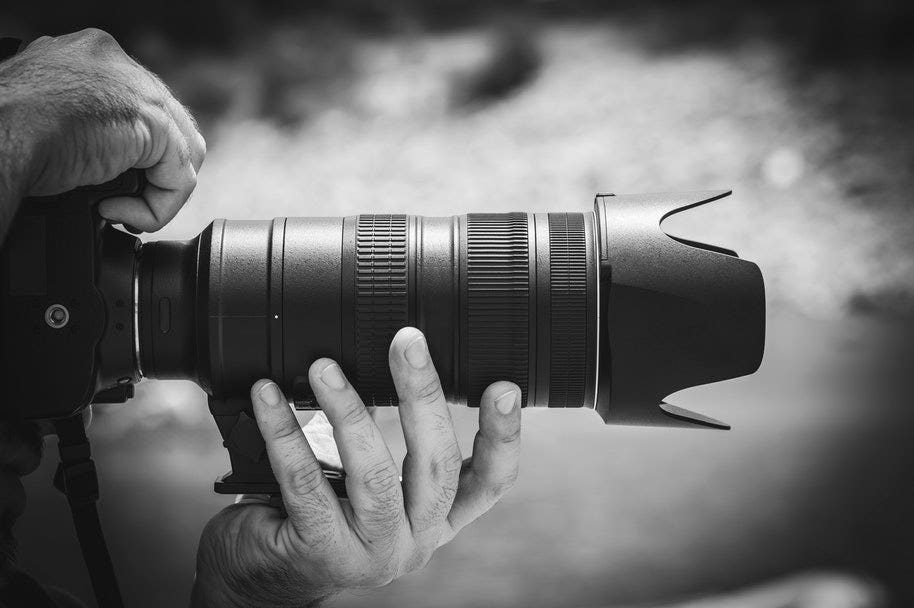
Depth of field (DoF) describes how near and faraway objects in a photo appear sharp and in focus.
Photos with a shallow depth of field have only a part of the image in focus while those with a deeper depth of field keep most of the scene sharp.
Understanding depth of field and knowing how you can master it to transform your photos will give you far greater control over your photos.
4 key aspects affecting depth of field
Your aperture settings

Your aperture is the opening in the lens that determines how much light will reach the sensor.
Large apertures have smaller f-stop numbers and produce a shallow DoF - that is, a smaller area in focus. Smaller apertures produce a larger DoF, giving a sharper scene overall.
If you want to photograph a landscape, for example, you may want everything in the photo to be crisp and sharp. In this case, the aperture, or f-stop, should be set to f/11 or higher.
On the other hand, with a portrait, the depth of field should be narrower to produce a beautiful bokeh - or blurred background - behind the subject. In this case, it’s best to shoot with apertures below f/5.
Many photographers will typically shoot in Aperture Priority mode, adjusting their aperture to control the depth of field without needing to consider the shutter speed.
The distance between the camera and the subject

How far away your subject is from your lens can impact the depth of field in your photos. Change the distance and you can change the DoF.
If you’re close to your subject, your depth of field becomes shallower. Simply moving away can deepen the depth of field. Conversely, when you’re further away from your subject, the DoF will be deeper.
In effect, if you want to achieve better bokeh, get closer to your subject. And if you’d rather an all-round sharper shot, step away a little.
The distance between your subject and their background will also impact depth of field. For example, if a portrait subject is leaning against a brick wall, the brick wall won’t become completely blurry. But if they stand just a few feet in front of the wall, you can get a nice bokeh happening.
The lens focal length

The focal length of your lens can also make a difference to depth of field, depending on whether it’s a wide angle lens or a telephoto lens.
The focal length tells you how much a lens can magnify the image of a distant subject. In essence, the longer your focal length is, the shallower the depth of field becomes.
Wide angle lenses create deeper depths of field and overall sharper images than telephoto lenses. That’s why landscape photographers tend to favour wide angle lenses while portrait photographers use telephoto lenses.
The camera sensor size
It’s true, the size of your camera’s sensor will change your camera’s capabilities when it comes to depth of field. Cameras with smaller sensors have larger depths of field at any given aperture and vice versa.
This is why professional photographers prefer full frame DSLRs or mirrorless cameras over compact cameras. Full frame sensors produce even shallower depths of field than APS-C sensors.
When and how to use a shallow depth of field
A shallow depth of field blurs the background, an effective tool if you want your subject to stand out. This makes it ideal for portrait, wildlife, macro, or sports photography.
To create a shallow depth of field, it’s best to:
- Open the aperture, using an f-stop at f/5 or lower.
- Opt for a lens with a longer focal length, such as an 85mm lens or even a telephoto lens.
- Get closer to your subject
When and how to use a deeper depth of field
Landscape photography is often most stunning when as much of your scene as possible is in focus.
- Use a small aperture, such as f/11 or higher.
- Go for a wide angle lens or a lens with a shorter focal length.
- Move further away from your subject.
Improve your photography today
There’s plenty more to master, with depth of field in photography just one. Learn about the key aspects of camera exposure, find out more about your camera’s focus points, or finally get on top of your ISO.
Still want some hands-on advice? Visit your nearest Camera House store and our expert team will be happy to advise you on your camera’s capabilities and potential lenses and other accessories that will improve your photography.
